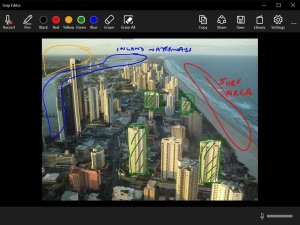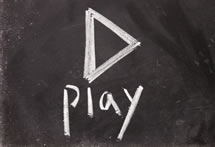Key points:
- Very soon, districts must closely examine the edtech they use and compare it with budget realities
- How to ensure edtech ROI? Ask these 4 questions
- For school leaders, routine decisions aren’t so routine
- For more news on district edtech use, visit eSN’s District Management hub
For much of the past 12 years, Casey Rimmer sometimes felt like a “dream killer” when it came to the edtech tools used in her district. As the executive director of curriculum and instruction for Union County Public Schools, a district of over 41,000 students outside Charlotte, N.C., she was often tasked with letting teachers know why a potential new tool wasn’t approved for use.
Lately, though, the district has flipped the script. Now they ask teachers to check the tool’s data privacy policy and age requirements when making a request, so they have a better understanding of why a tool is—or isn’t—a good fit. When teachers feel part of the discussion, it often leads to productive conversations, she explains. …Read More



